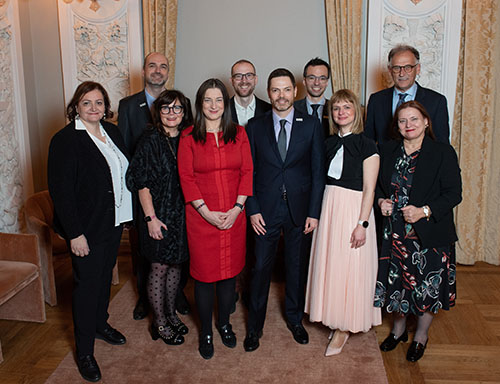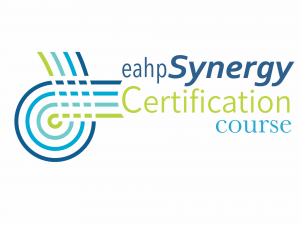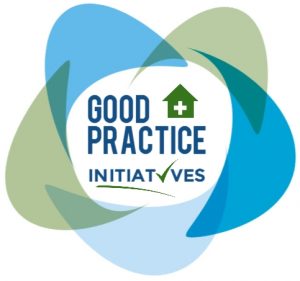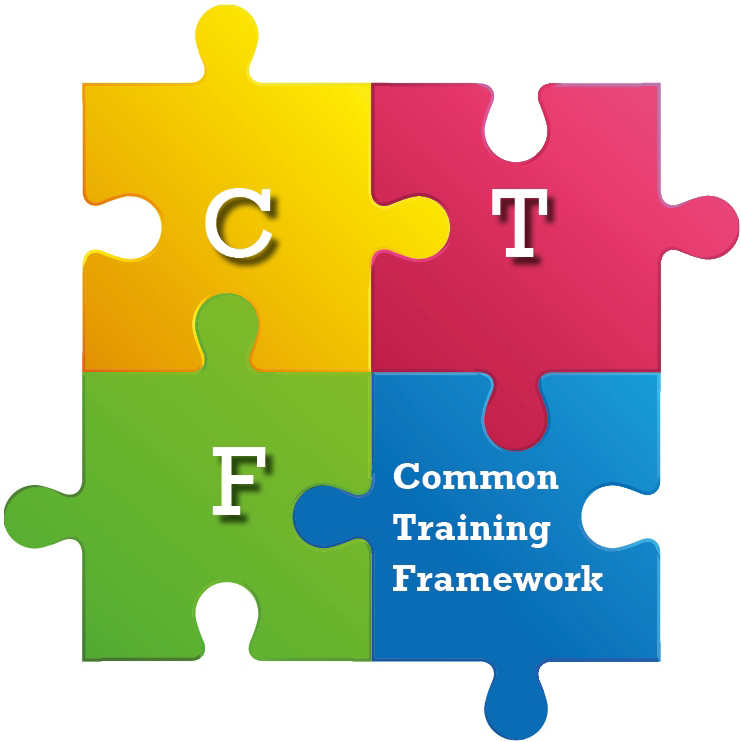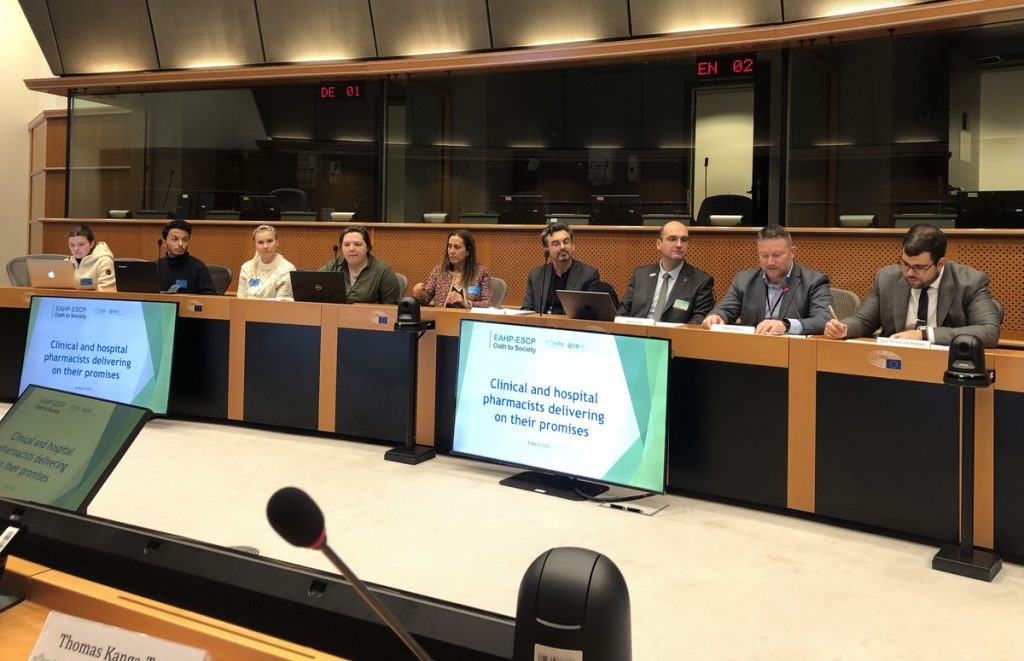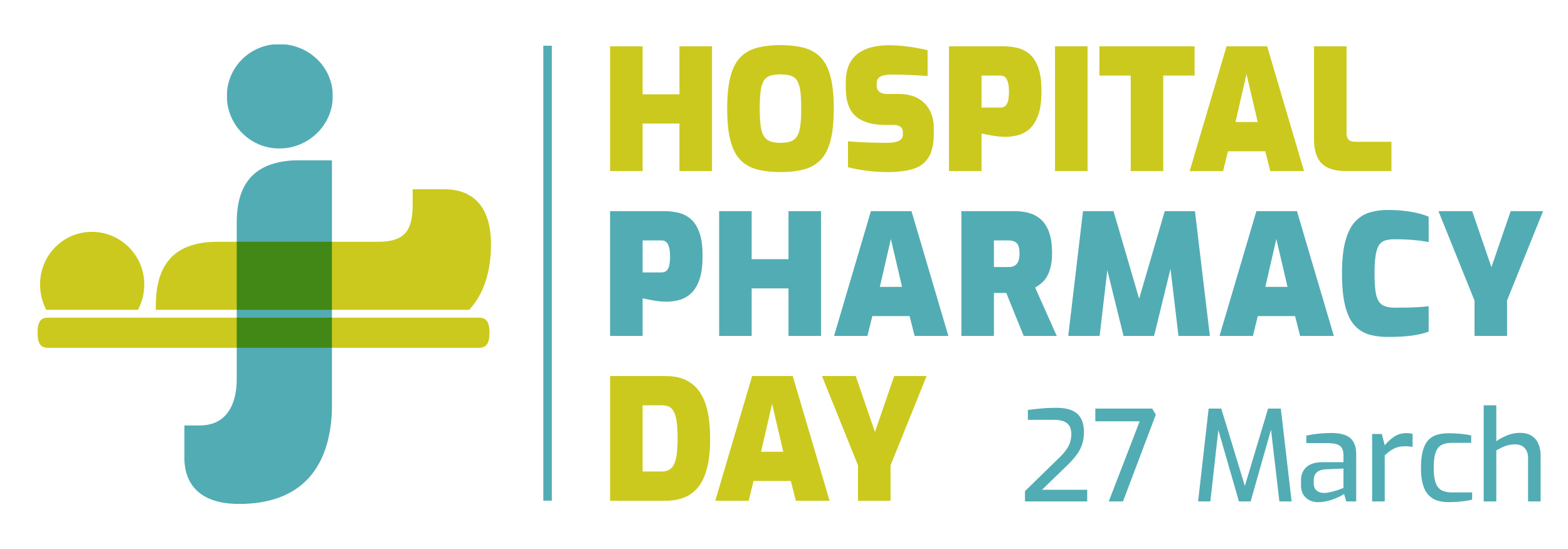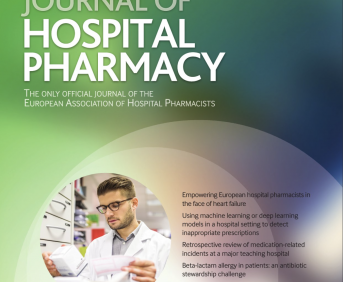HIGHLY ACTIVE ANTIRETROVIRAL THERAPY PRESCRIPTIONS IN NAIVE PATIENTS: IMPROVEMENT PLAN
Pdf

European Statement
Patient Safety and Quality Assurance
Author(s)
A. Rodríguez-Perez, M.I. Sierra-Torres, M.D. Toscano-Guzmán, A. Monzón-Moreno, M. Soriano-Martinez, A. Lluch-Colomer, M.D. Santos-Rubio
Why was it done?
According to the guidelines and recommendations for the rational use of medication, prescriptions of HAARTs must be standardised following the principles of efficiency and based on the best evidence available.
What was done?
A multidisciplinary group of clinical pharmacists and physicians made an easy-to-read handout that summarised the main recommendations of GESIDA for the treatment of naive patients, treated with highly active antiretroviral therapy (HAART). The hand-out consisted of a table with the allowed and not-allowed antiretroviral combinations and the exceptions. The multidisciplinary group disseminated the handout to the prescribers through clinical sessions. The multidisciplinary group made a 6 month study to evaluate the adherence to GESIDA, previous and after the implementation of the easy-to-read handout.
How was it done?
We did not have any problem implementing these recommendations or organizing the clinical sessions.
What has been achieved?
The multidisciplinary group made a retrospective study of the 6-months previous the implementation of the handout, by a chart review of the prescriptions. One hundred naive patients were evaluated. We found an eleven per cent of deviations of the recommendations, none of them justified. The multidisciplinary group made a prospective study during a 6-months period after the implementation of the handout, by a chart review of the prescriptions. Seventy-one naive patients were evaluated. We found a 7% of deviations of the recommendations, three of them were justified because of co-morbidity that contraindicated the recommended medication. We also made a follow-up of the treatment of the patients of the retrospective study, six of the eleven patients of that group changed their HAART to the recommended ones.
What next?
The multidisciplinary team has periodic meetings to evaluate the adherence to the recommendations and to study news reported by GESIDA. The economic impact of the practice is planned to be evaluated.
